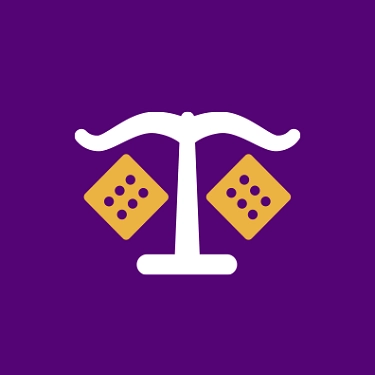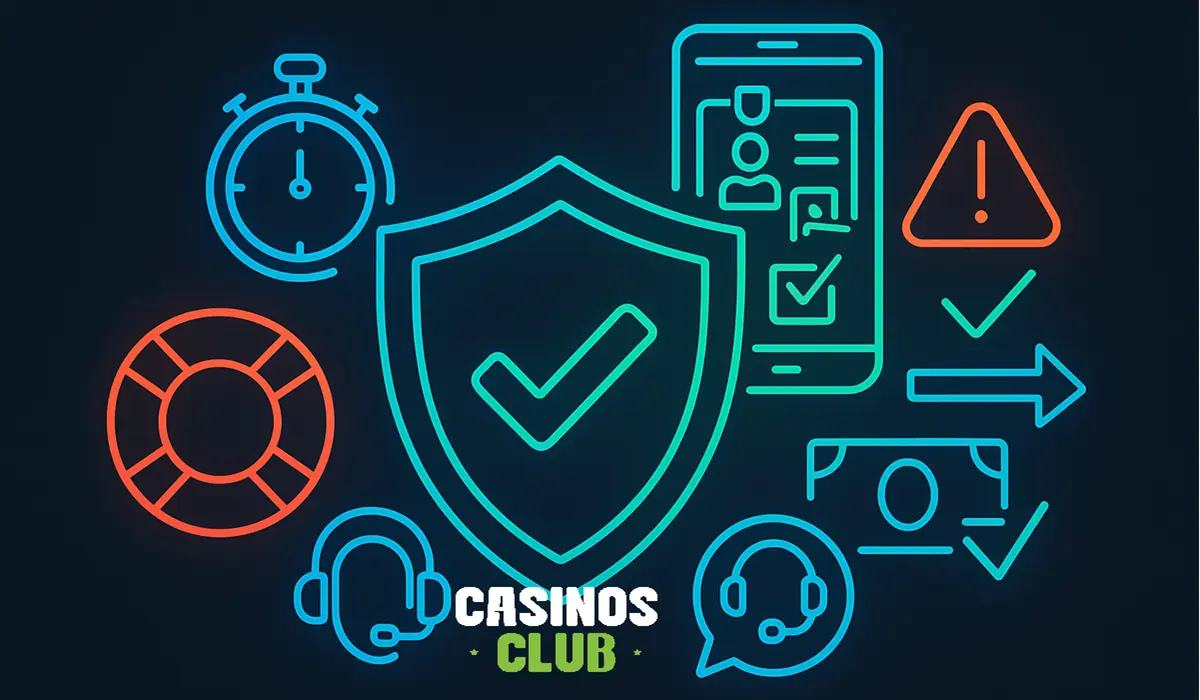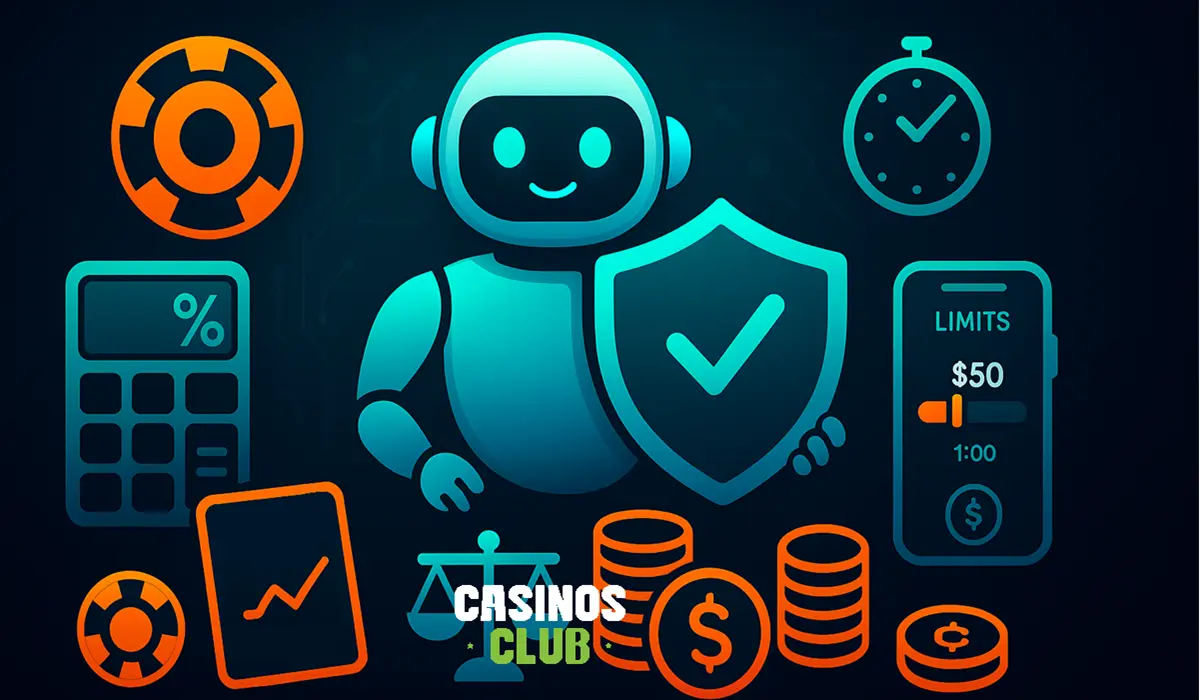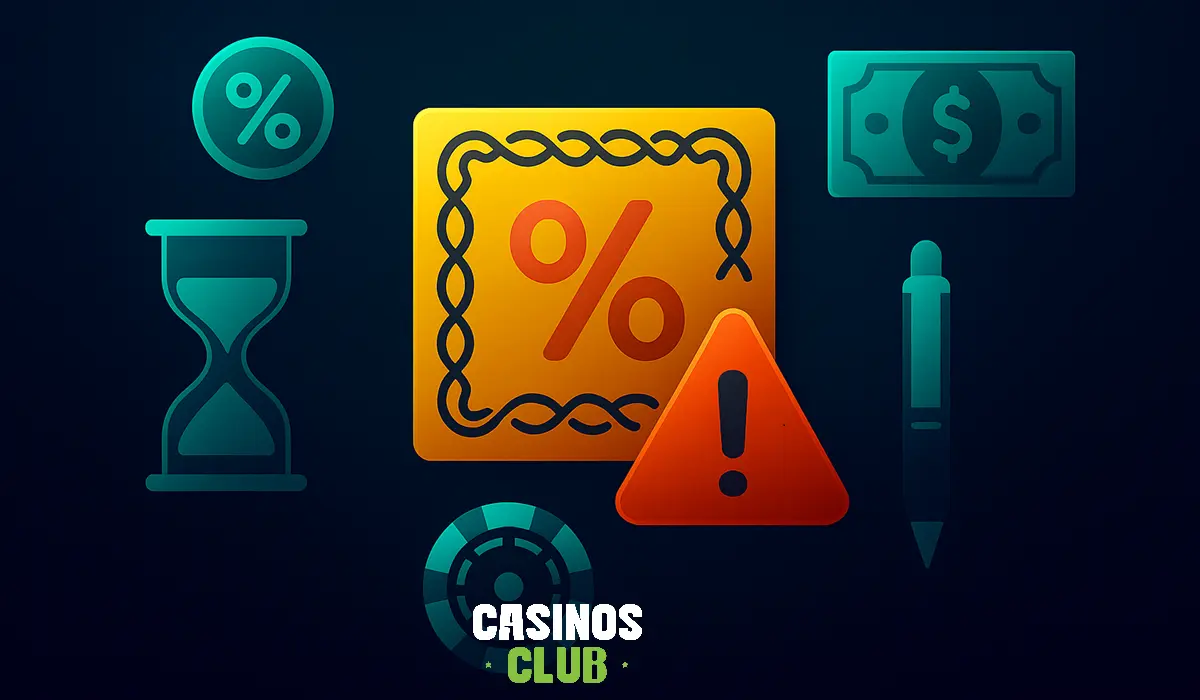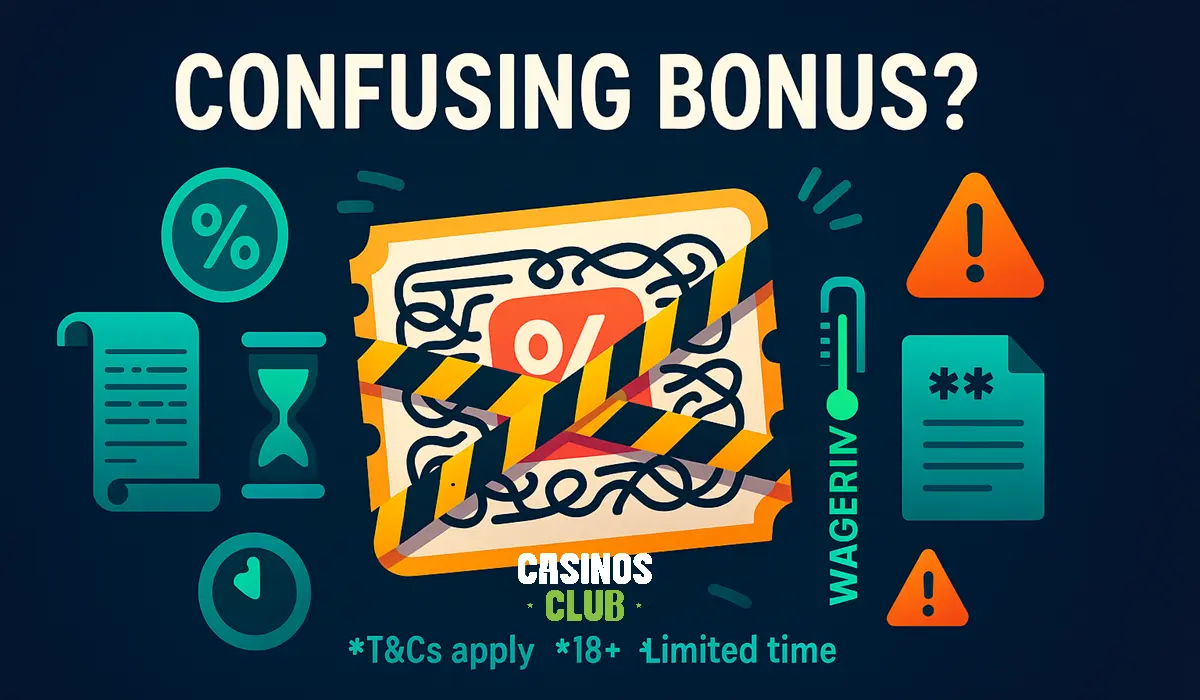
25 January 2025
21+3 Blackjack Rules, Payouts, and Winning Strategies
21+3 blackjack is an exciting variation of traditional blackjack that adds an optional side bet to the game. This side bet is based on the player's first two cards and the dealer's upcard forming specific combinations. Unlike the primary blackjack hand, the side bet introduces additional opportunities for significant payouts, making the game even more engaging for players seeking a mix of strategy and excitement.
How 21+3 Blackjack Works
In 21+3 blackjack, the side bet allows you to wager on whether your first two cards and the dealer's upcard will form specific combinations. These combinations determine whether you win the side bet and how much you’ll be paid based on the table’s payout structure. Importantly, the 21+3 side bet is independent of the main blackjack game.
Steps to Play 21+3 Blackjack
- Place Your Main Blackjack Bet
- Start by making your primary wager in the blackjack betting area.
- Add the 21+3 Side Bet
- Place an additional wager in the 21+3 betting spot on the table. This bet is optional and doesn’t impact your main blackjack hand.
- Deal the Cards
- You and the dealer each receive two cards. The dealer reveals one card (the upcard) as usual.
- Resolve the Side Bet
- Combine your two cards with the dealer’s upcard to see if they form one of the qualifying combinations. If they do, you win the side bet according to the payout table.
- Continue the Main Game
- After resolving the side bet, the blackjack game proceeds as usual. Winning or losing the side bet has no impact on the outcome of the main hand.
Key Features of 21+3 Blackjack
- Independent of the Main Hand: Whether you win or lose the side bet does not affect the main blackjack game.
- Qualifying Combinations: The side bet pays out for specific combinations of cards, which we’ll detail in the payout section.
- Separate Wager: The side bet requires a separate wager in addition to your main blackjack bet.
💡 Example: If you are dealt a 6♠ and 7♠, and the dealer’s upcard is 8♠, the three cards together form a sequence of the same suit, qualifying for a payout.
Payouts in 21+3 Blackjack
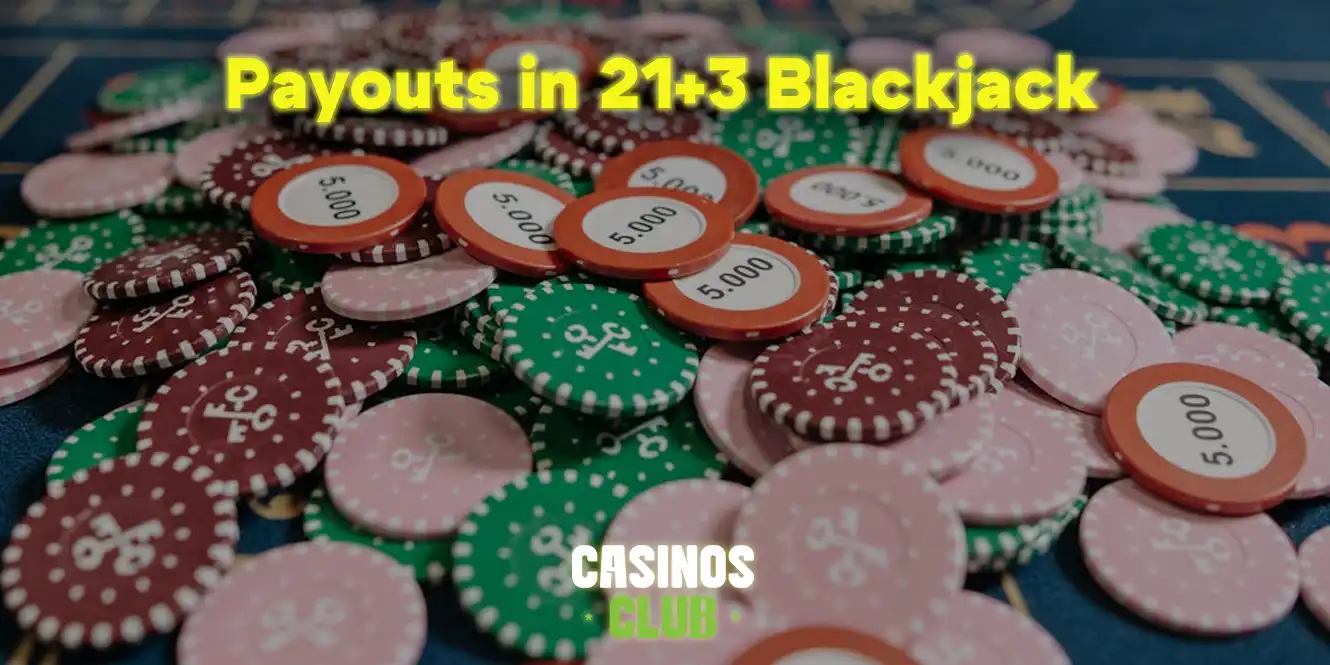
The 21+3 side bet offers a variety of payout levels based on the combinations formed by the player’s two cards and the dealer’s upcard. These payouts can vary slightly depending on the casino or table rules, but the standard structure is as follows:
Standard Blackjack Payout Structure
|
Combination |
Payout |
|
Suited Three of a Kind |
100 to 1 |
|
Straight Flush |
40 to 1 |
|
Three of a Kind |
30 to 1 |
|
Straight |
10 to 1 |
|
Flush |
5 to 1 |
Combination Explanations
- Suited Three of a Kind (100 to 1)
- Three cards of the same rank and suit (e.g., 9♥, 9♥, 9♥).
- The rarest combination in 21+3 blackjack, offering the highest payout.
- Straight Flush (40 to 1)
- Three cards in sequential order and of the same suit (e.g., 5♠, 6♠, 7♠).
- A high-paying combination due to its low probability.
- Three of a Kind (30 to 1)
- Three cards of the same rank but of different suits (e.g., 8♣, 8♦, 8♠).
- Straight (10 to 1)
- Three cards in sequential order, regardless of suit (e.g., 4♦, 5♠, 6♣).
- Flush (5 to 1)
- Three cards of the same suit, but not in sequential order (e.g., 2♣, 6♣, K♣).
House Edge and Winning Odds
The house edge for the 21+3 side bet is higher than the main blackjack game, typically ranging from 3% to 7%, depending on the payout structure. Here’s a breakdown of the approximate odds for each combination:
|
Combination |
Probability |
|
Suited Three of a Kind |
0.02% |
|
Straight Flush |
0.2% |
|
Three of a Kind |
0.5% |
|
Straight |
1.5% |
|
Flush |
3.1% |
💡 Insight: The rarity of these combinations explains the high payouts but also highlights the low hit frequency for the side bet.
21+3 Blackjack Side Bet Payouts
Side bets in blackjack, including the popular 21+3 side bet, add an exciting layer to the game by offering unique opportunities for additional payouts. While these bets are optional, understanding their payouts and mechanics is crucial to making informed decisions during gameplay.
Common Blackjack Side Bets and Their Payouts
- 21+3 Side Bet
- Payouts:
- Suited Three of a Kind: 100 to 1
- Straight Flush: 40 to 1
- Three of a Kind: 30 to 1
- Straight: 10 to 1
- Flush: 5 to 1
- How It Works: Players bet on their two cards and the dealer’s upcard forming specific combinations. The payouts depend on the rarity of the combination.
- Perfect Pairs
- Payouts:
- Perfect Pair (same rank and suit): 25 to 1
- Colored Pair (same rank and color): 12 to 1
- Mixed Pair (same rank, different suits): 6 to 1
- How It Works: This side bet focuses on whether the player’s first two cards will form a pair.
- Insurance Bet
- Payout: 2 to 1
- How It Works: Offered when the dealer’s upcard is an Ace, this bet pays if the dealer’s hand results in blackjack.
- Royal Match
- Payouts:
- Royal Match (King and Queen of the same suit): 25 to 1
- Easy Match (Two suited cards): 5 to 1
- How It Works: This bet pays based on the suit and rank of the player’s initial two cards.
- Lucky Lucky
- Payouts:
- 7-7-7 of the same suit: 200 to 1
- Suited 21: 100 to 1
- Unsuited 21: 15 to 1
- Other combinations (e.g., 6-7-8): varied payouts
- How It Works: This bet evaluates the player’s two cards and the dealer’s upcard for specific totals or combinations.
- Buster Blackjack
- Payouts:
- The more cards the dealer busts with, the higher the payout.
- Example: 8+ cards in a bust: 250 to 1
- How It Works: Players bet on the dealer busting their hand with a specific number of cards.
Key Considerations for Blackjack Side Bet Payouts
- Higher Risk, Higher Reward
- Side bets often feature high payouts, but their infrequent hit rates make them riskier than the main blackjack game.
- Varying Rules by Casino
- Payout structures can differ between casinos or game variations. Always check the rules and odds before placing a side bet.
- Higher House Edge
- Most side bets come with a higher house edge than the main game. For example:
- Insurance: ~7.5% house edge.
- Perfect Pairs: ~6% house edge.
- 21+3: 3%–7% house edge, depending on the paytable.
- Best for Entertainment
- Side bets are ideal for players seeking extra excitement and variety but should be used sparingly to preserve your bankroll.
Tips for Maximizing Blackjack Side Bet Payouts
- Understand the Odds: Learn the probability of each side bet outcome to set realistic expectations.
- Budget Accordingly: Allocate a small portion of your bankroll specifically for side bets.
- Focus on Reputable Tables: Choose tables with player-friendly payout structures and clear rules.
- Don’t Rely on Side Bets: Treat them as optional fun rather than a consistent winning strategy.
Rules and How to Play 21+3 Blackjack
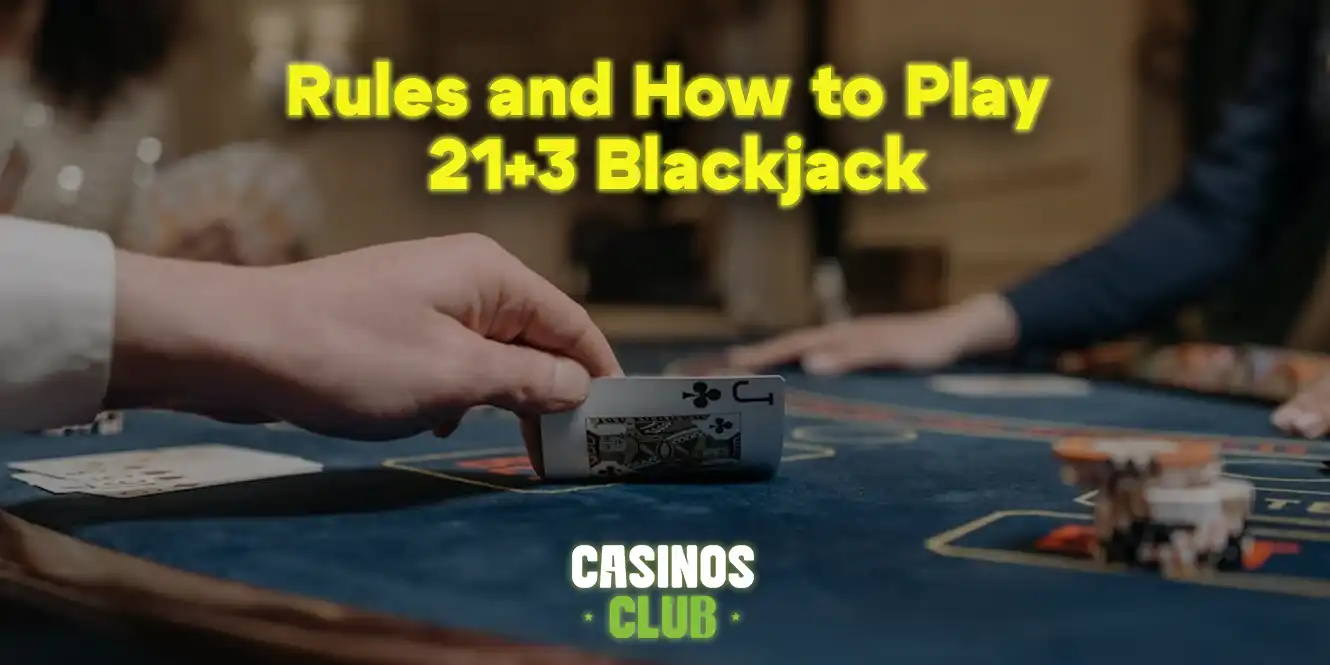
Understanding the rules of 21+3 blackjack is essential for effectively incorporating the side bet into your gameplay. While the main blackjack game remains unchanged, the side bet introduces its own set of guidelines and opportunities.
Key Rules of 21+3 Blackjack
- Optional Side Bet
- The 21+3 side bet is not mandatory. You can choose to place it alongside your main wager or skip it entirely.
- Independent of Main Hand
- The outcome of the side bet does not affect your main blackjack game. You can win the side bet while losing the main hand, or vice versa.
- Combination Criteria
- The side bet is based solely on the player’s first two cards and the dealer’s upcard. These three cards must form one of the qualifying combinations to win.
- Resolved Before Gameplay
- The side bet is settled immediately after the initial cards are dealt. Once resolved, the main blackjack hand continues as usual.
- Casino Variations
- Different casinos or tables may offer slight variations in payout structures or house edge percentages. Always check the specific rules at the table you’re playing.
How to Play 21+3 Blackjack
- Place Your Main Bet
- Start by placing your primary blackjack wager in the betting area.
- Add the 21+3 Side Bet
- Decide if you want to participate in the side bet. Place an additional wager in the designated 21+3 betting area.
- Deal the Cards
- The dealer distributes two cards to each player and reveals their upcard.
- Evaluate the Side Bet
- Combine your two cards with the dealer’s upcard to see if they form one of the qualifying combinations:
- Suited Three of a Kind
- Straight Flush
- Three of a Kind
- Straight
- Flush
- Pay Out or Collect Bets
- If your cards qualify, the dealer pays out your side bet winnings based on the payout table. If not, the dealer collects the side bet.
- Continue with Blackjack
- The main blackjack game proceeds as usual, with the side bet having no further influence.
Example of 21+3 Blackjack in Action
Scenario:
- Player’s cards: 7♦, 8♦
- Dealer’s upcard: 9♦
Result:
- These three cards form a Straight Flush (7♦, 8♦, 9♦), qualifying for a 40 to 1 payout based on the standard payout table.
💡 Pro Tip: The side bet is a fun addition to the game, but it shouldn’t distract you from focusing on your main blackjack strategy.
Advantages and Disadvantages of Blackjack 21+3
The 21+3 side bet adds an extra layer of excitement to the classic blackjack game. However, like any optional wager, it comes with its own set of benefits and drawbacks. Understanding these can help you decide whether to incorporate this side bet into your gameplay.
Advantages of 21+3 Blackjack
- High Payout Potential
- With payouts as high as 100 to 1 for a Suited Three of a Kind, the 21+3 side bet offers the opportunity for substantial rewards from a relatively small wager.
- Enhanced Gameplay
- The side bet adds an additional element of suspense and variety, making blackjack more engaging and entertaining.
- Quick Results
- The side bet is resolved immediately after the cards are dealt, providing fast-paced excitement within the larger game.
- Independent of the Main Hand
- Winning or losing the side bet doesn’t affect the outcome of the main blackjack game, allowing players to enjoy it as a standalone feature.
- Widely Available
- Many casinos, both online and in-person, offer 21+3 blackjack, making it accessible to players worldwide.
Disadvantages of 21+3 Blackjack
- Higher House Edge
- The house edge for the 21+3 side bet typically ranges from 3% to 7%, which is significantly higher than the 0.5% edge in traditional blackjack with basic strategy.
- Low Hit Frequency
- The combinations required to win the side bet occur infrequently, meaning losses are more common than wins.
- Additional Costs
- Placing the side bet increases the total amount you’re wagering per hand, which can deplete your bankroll faster if you’re not careful.
- Volatile Nature
- The rarity of high-paying combinations makes the side bet less reliable as a consistent source of winnings.
- Distraction from Main Game
- Focusing too much on the side bet can detract from your primary blackjack strategy, which typically offers better odds and consistency.
Should You Play the 21+3 Side Bet?
The 21+3 side bet is best suited for players who:
- Enjoy the thrill of high-risk, high-reward wagers.
- Are looking for additional excitement during their blackjack sessions.
- Have a budget that allows for optional wagers without impacting their main game.
💡 Recommendation: Treat the side bet as a fun addition rather than a core part of your strategy. Focus on the main blackjack hand for consistent results and use the side bet sparingly for added entertainment.
Strategies for Playing Blackjack 21+3
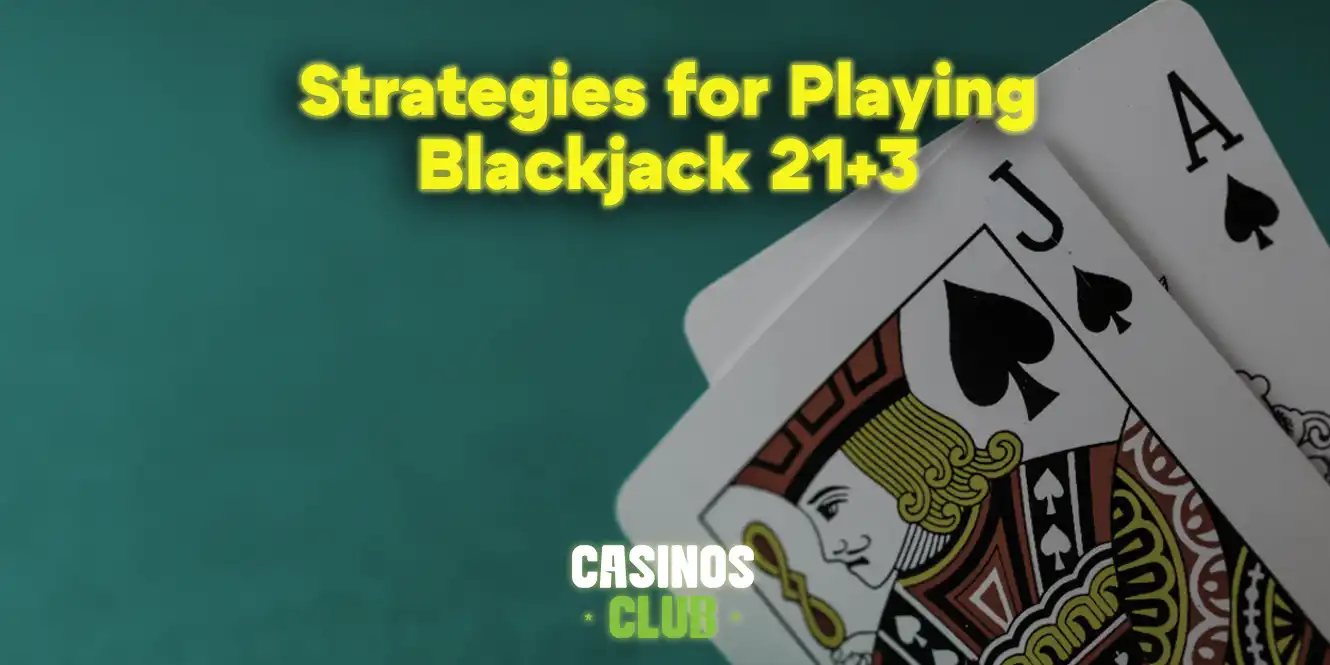
While the 21+3 side bet in blackjack is a game of chance, implementing certain strategies can help you manage your bankroll effectively and enjoy the game without unnecessary risks. The key is to balance the side bet with your main blackjack strategy, ensuring you don’t compromise your overall gameplay.
1. Understand the Payouts and Odds
Knowing the payout structure and probability of each combination is essential for making informed decisions. For example:
- Flush (5 to 1) is the most common winning combination.
- Suited Three of a Kind (100 to 1) is rare but offers the highest payout.
💡 Tip: Familiarize yourself with the table’s specific payout rules before placing a side bet.
2. Manage Your Bankroll
Since the side bet comes with a higher house edge and low hit frequency, it’s crucial to manage your funds carefully:
- Allocate a small portion of your budget for the 21+3 side bet.
- Keep your side bet wager smaller than your main bet to reduce risk.
💡 Example: If your primary wager is $20, limit your side bet to $2–$5.
3. Prioritize the Main Blackjack Game
The 21+3 side bet should enhance your experience, not dominate your focus. Use a sound blackjack strategy for your main hand, such as:
- Knowing when to hit, stand, split, or double down.
- Avoiding emotional decisions during gameplay.
💡 Insight: Winning your main blackjack hand can offset losses from the side bet, so keep your primary focus on the core game.
4. Avoid Chasing Losses
The 21+3 side bet is high-risk by design, so losing streaks are common. Resist the temptation to increase your side bet to recover losses, as this can lead to faster depletion of your bankroll.
💡 Tip: Stick to your planned bet size and avoid making decisions based on frustration or greed.
5. Choose Tables with Favorable Payouts
Not all tables offer the same payout structure for 21+3 blackjack. Look for tables that maximize rewards for rare combinations like:
- 100 to 1 for Suited Three of a Kind.
- 40 to 1 for Straight Flush.
💡 Tip: Online casinos often have clear payout tables listed on their interface, making it easy to compare options.
6. Use the Side Bet Sparingly
Treat the 21+3 side bet as an optional feature rather than a primary strategy. Using it sparingly can enhance your enjoyment while minimizing the impact on your bankroll.
7. Take Advantage of Bonuses
If you’re playing 21+3 blackjack online, look for promotions or bonuses that can extend your bankroll. Many online casinos offer:
- Welcome bonuses for table games.
- Cashback offers for losses.
💡 Pro Tip: Ensure the bonus terms allow side bets before relying on them for your 21+3 wagers.
8. Practice in Free Games
Before committing real money, practice 21+3 blackjack in free online games. This allows you to familiarize yourself with the side bet and payout structure without risking your bankroll.
FAQs About 21+3 Blackjack
1. What is blackjack 21+3?
The 21+3 side bet is an optional wager in blackjack where you bet on your first two cards and the dealer’s upcard forming specific combinations, such as a Flush or Straight. These combinations determine if the side bet wins, independent of the main blackjack hand.
2. How do you win the 21+3 side bet?
To win the 21+3 side bet, your two cards and the dealer’s upcard must create a qualifying combination, such as:
- Flush: Three cards of the same suit.
- Straight: Three consecutive cards of any suit.
- Three of a Kind: Three cards of the same rank.
- Straight Flush: Three consecutive cards of the same suit.
- Suited Three of a Kind: Three identical cards in rank and suit.
3. What are the payouts for 21+3 blackjack?
The payouts depend on the combination formed. A common payout structure is:
- Suited Three of a Kind: 100 to 1
- Straight Flush: 40 to 1
- Three of a Kind: 30 to 1
- Straight: 10 to 1
- Flush: 5 to 1
4. Does the side bet affect the main blackjack game?
No, the 21+3 side bet is entirely independent of the main blackjack game. Winning or losing the side bet has no influence on the outcome of the primary hand.
5. What is the house edge for the 21+3 side bet?
The house edge for the 21+3 side bet typically ranges from 3% to 7%, depending on the payout structure and rules of the specific table or casino.
6. Is the 21+3 side bet worth it?
The 21+3 side bet is ideal for players seeking added excitement and the potential for high payouts. However, it has a higher house edge and lower hit frequency compared to the main blackjack game, making it best suited for occasional use as part of a larger strategy.
7. Can you play 21+3 blackjack online?
Yes, many online casinos and live dealer platforms offer 21+3 blackjack. Online versions often display clear payout structures and allow players to practice the side bet in demo modes before wagering real money.





